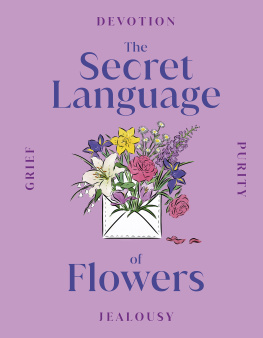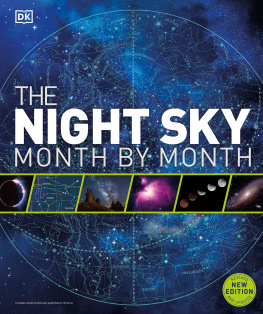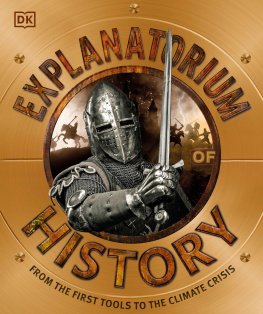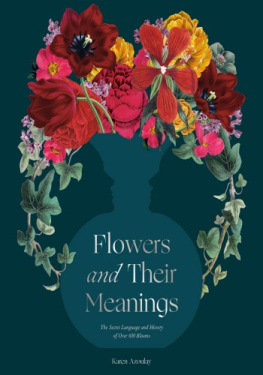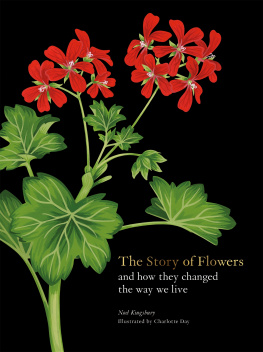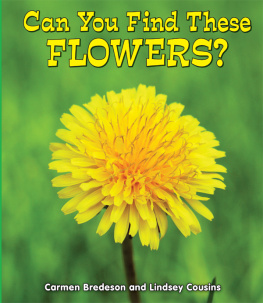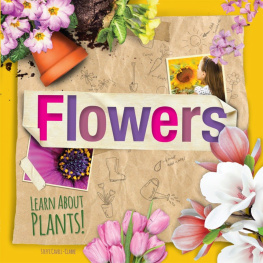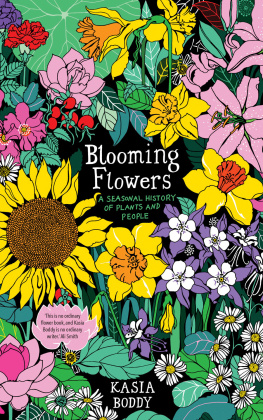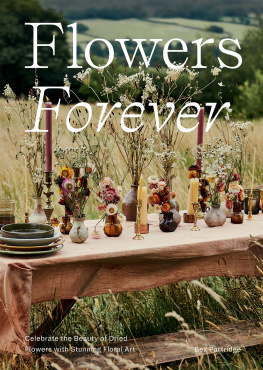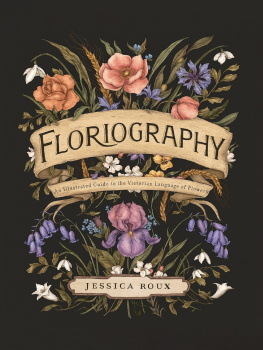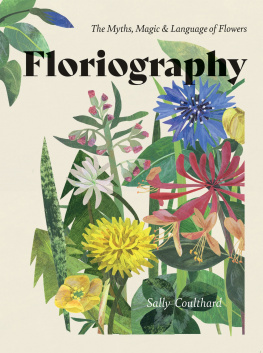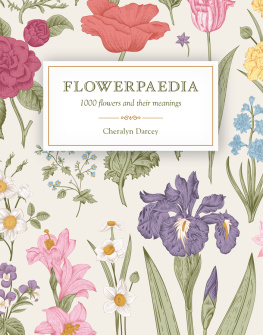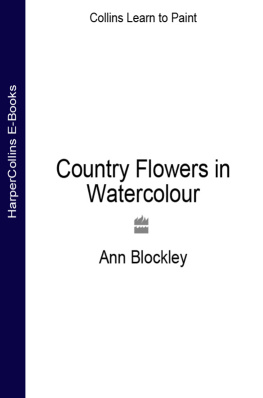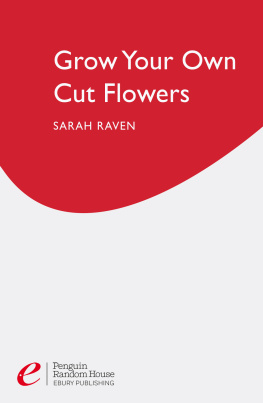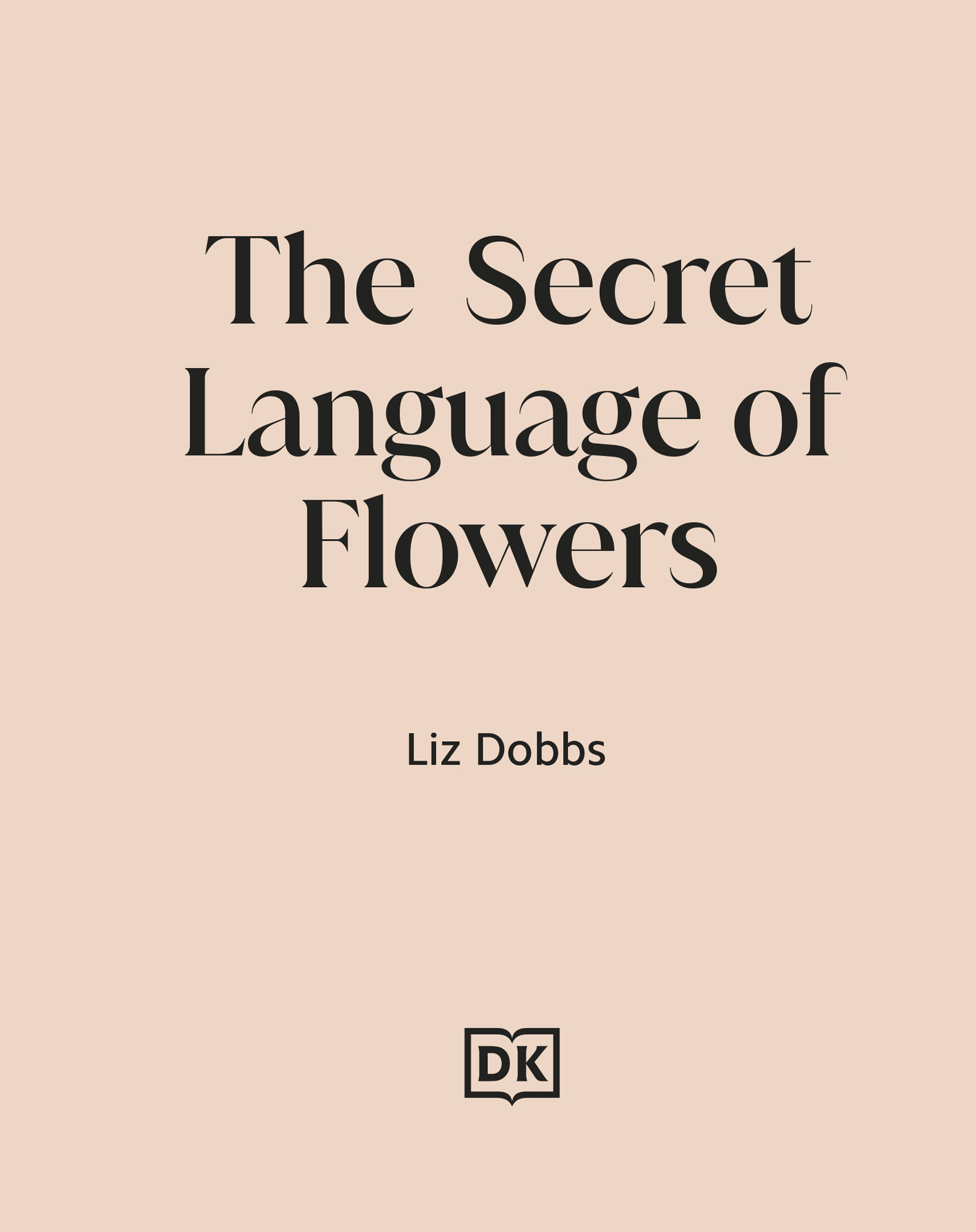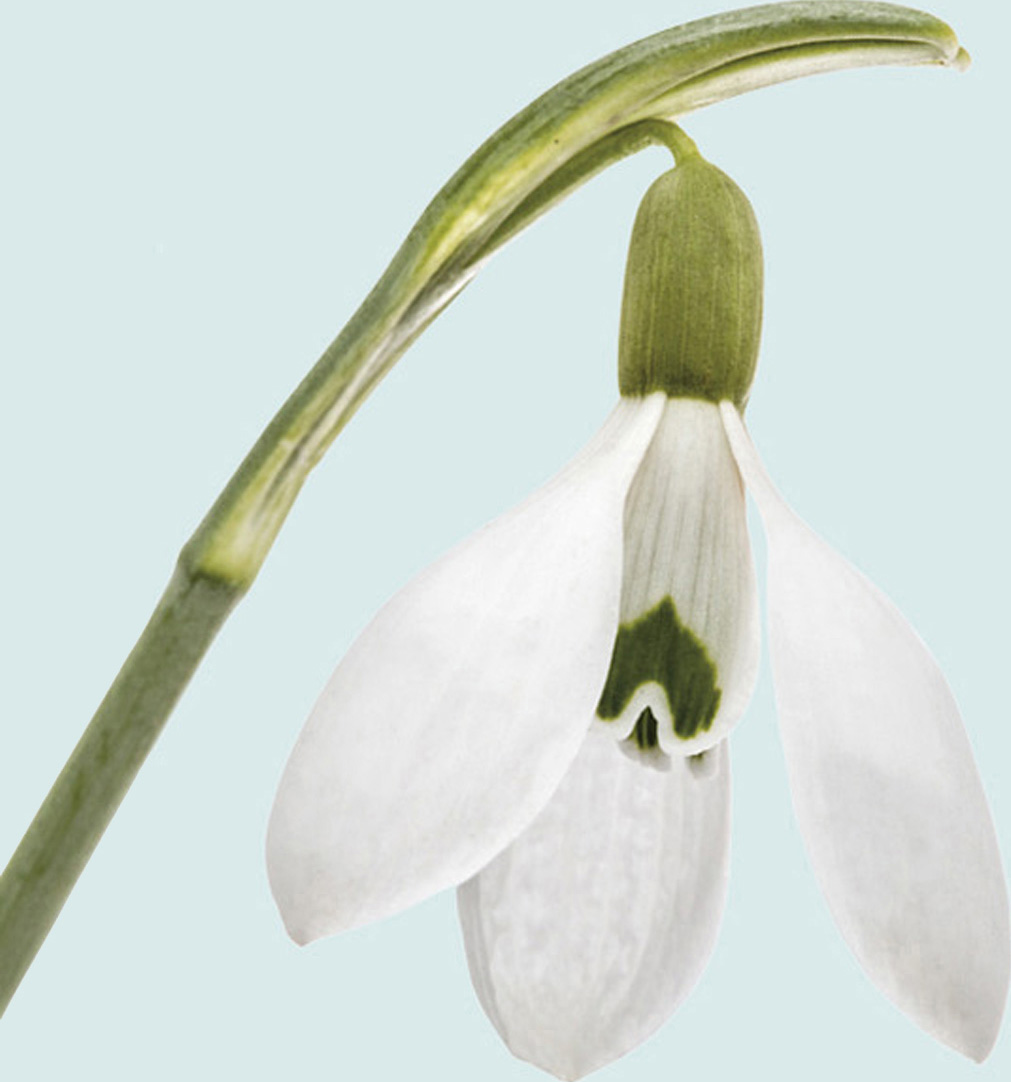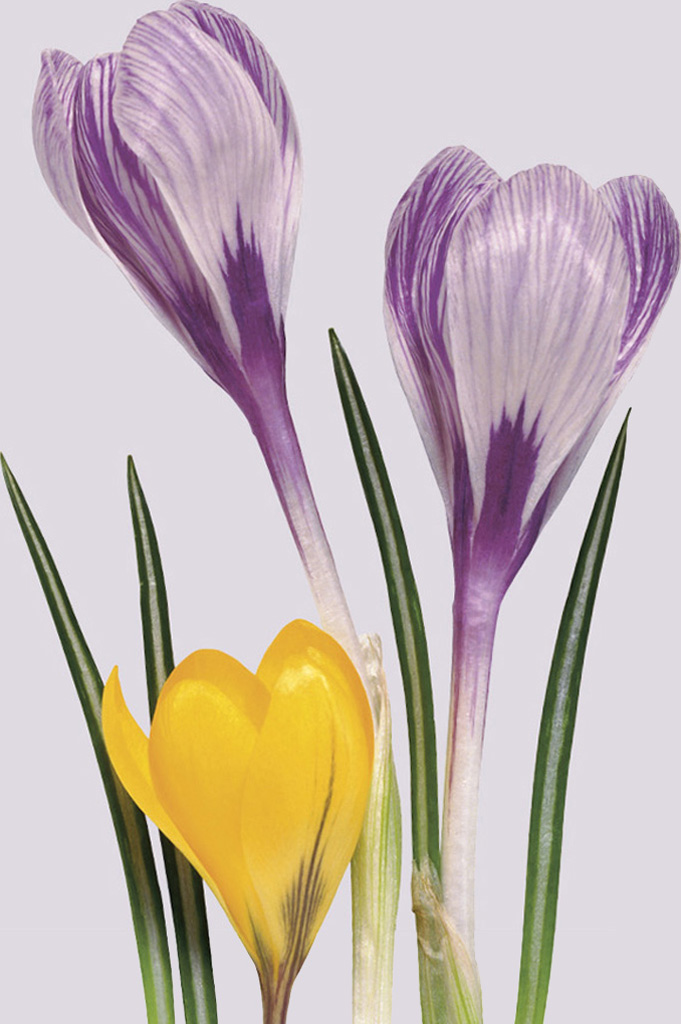DK - The Secret Language of Flowers (DK Gifts)
Here you can read online DK - The Secret Language of Flowers (DK Gifts) full text of the book (entire story) in english for free. Download pdf and epub, get meaning, cover and reviews about this ebook. year: 2023, publisher: DK, genre: Non-fiction. Description of the work, (preface) as well as reviews are available. Best literature library LitArk.com created for fans of good reading and offers a wide selection of genres:
Romance novel
Science fiction
Adventure
Detective
Science
History
Home and family
Prose
Art
Politics
Computer
Non-fiction
Religion
Business
Children
Humor
Choose a favorite category and find really read worthwhile books. Enjoy immersion in the world of imagination, feel the emotions of the characters or learn something new for yourself, make an fascinating discovery.
- Book:The Secret Language of Flowers (DK Gifts)
- Author:
- Publisher:DK
- Genre:
- Year:2023
- Rating:5 / 5
- Favourites:Add to favourites
- Your mark:
The Secret Language of Flowers (DK Gifts): summary, description and annotation
We offer to read an annotation, description, summary or preface (depends on what the author of the book "The Secret Language of Flowers (DK Gifts)" wrote himself). If you haven't found the necessary information about the book — write in the comments, we will try to find it.
Discover the uses and symbolic meanings of flowers over the centuries and across the globe.
Flowers have been depicted as objects of beauty and wonder in countless paintings and poems, exchanged as tokens of love and affection, and displayed as symbols of both celebration and remembrance - saying it with flowers is truly part of the human experience.
But how does the significance of flowers vary across cultures and at different points in history?
And what makes certain flowers special?
The Secret Language of Flowers explores the meaning of more than 85 flowers, tracing their history as symbols and charting their role in folklore and mythology around the world.
This fascinating book on flowers can help you to:
- Unlock the meaning of flowers throughout history - from early peoples to the 19th-century.
- Discover the Victorian language of flowers popular in the US, UK, and Europe.
- Gain an insight into folklore and mythology in relation to different flowers.
- Uncover what flowers mean in various cultures around the world.
- Uncover traditional medicinal uses of plants, such as aloe, which is used to treat burns.
Uncover the rich and fascinating histories of individual flowers - the sunflower, for example, which was regarded by the Aztecs as a symbol of war, but became a symbol of devotion in 19th-century painting due to the fact that it turns its head to follow the sun. Learn about the function of flowers in society, from the practical to the playful - flowers have been used as remedies and tonics - tea tree and coneflower (or echinacea), for example - as well as as a means of sending cryptic messages to lovers and friends.
The Secret Language of Flowers is an entertaining guide to the rich stories that lie beyond the seductive aromas and dazzling beauty of flowers of all kinds. Each flower featured throughout the book is arranged by season, from the first snowdrops and primroses of spring, the glorious roses of summer, the stunning fuchsias and dahlias of autumn to the holly and poinsettia of the winter months, theres a flower for everyone to fall in love with.
At DK, we believe in the power of discovery.
So why stop there?
If you like The Secret Language of Flowers, then why not try Great Loves which celebrates some of the most famous romances in history, or Lost Masterpieces to discover extraordinary stories behind the worlds missing works of art.
DK: author's other books
Who wrote The Secret Language of Flowers (DK Gifts)? Find out the surname, the name of the author of the book and a list of all author's works by series.

